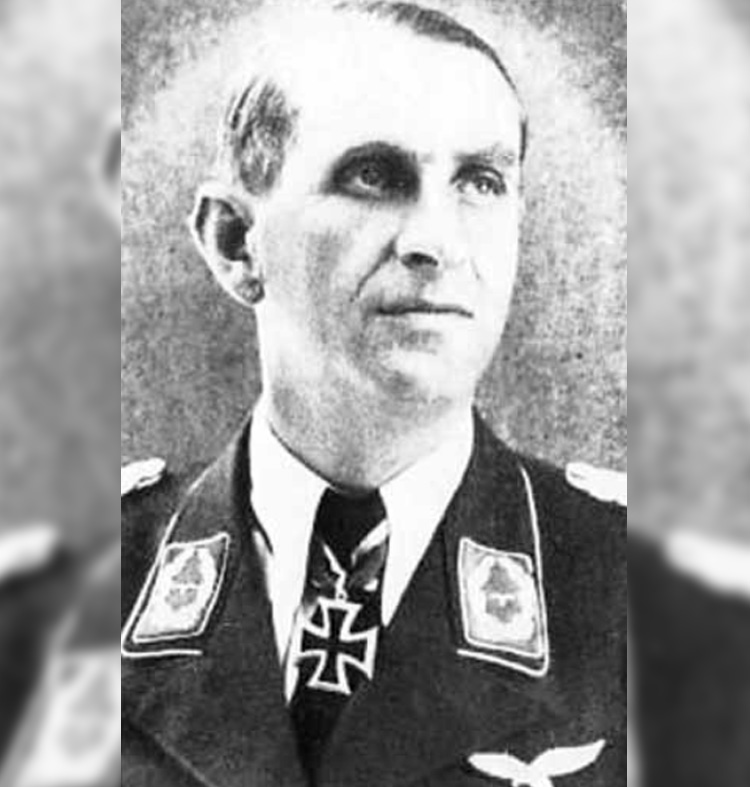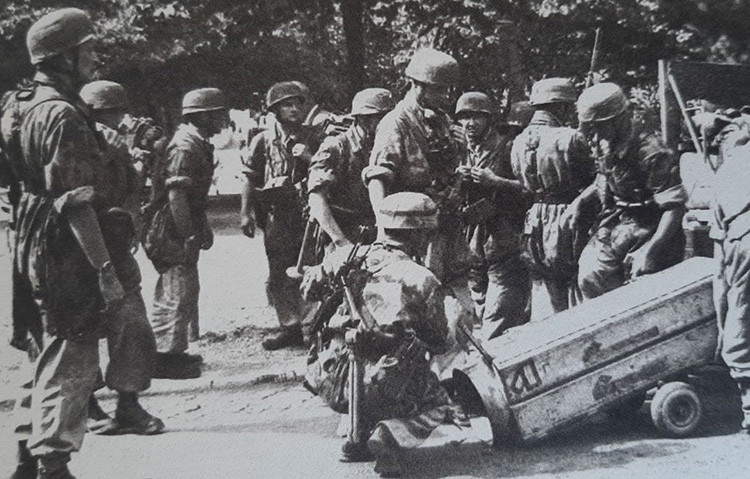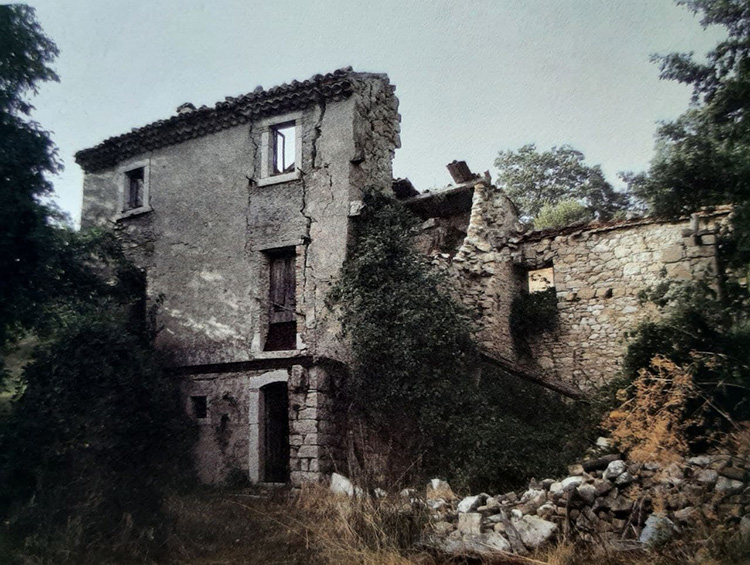The days preceding the massacre
The days preceding the massacre
Albert Kesselring, the theorist of the "war of the centimeter".
He had been in the air force as a young man and then became an artillery officer. He combines the global vision of an aviator with the attention to the smallest detail of an artillery officer; he takes care of all the details of the strategy related to the line of defense, except for the human factor.
In fact, the Germans are few and begin to be prey to demotivation and at the same time Lieutenant Shulemburg seems to show excessive tolerance towards his soldiers who do not do their duty and live with detachment the potential imminent danger.
The military strategy provides for the presence of a main combat line. In front of it there is a safety belt, which is in turn flanked by a more or less wide "no man's land".
In the Limmari area the no man's land is not present; it is represented by the thin Sangro river.
The safety belt is therefore more easily reached by the enemy. For this reason it is necessary that it is completely cleared, to avoid possible escapes of prisoners and, consequently, of precious information.

The safety zone was occupied by all the inhabitants of Pietransieri who had not listened to the German ultimatums about evacuation and who had taken advantage of the negligence of the soldiers to hide in the vicinity.
On November 16, a week after the expiry of the last ultimatum given by Kesselring, the pressure of the English began to be strongly felt. Lieutenant Shulemburg began to fear possible reprisals by Kesselring against him, in case of breakthrough of the tactical lines, for the excessive lightness with which he had managed the situation until then.
At the same time, there were no longer any grounds to launch a raking operation that would take up time, means to reach Sulmona and already meager human resources. How to remedy the situation?
From Enzo Tristani's story:
"On the morning of November 16, the Germans arrived and set fire to the barn, which was also accessed from the back of the house. When we realized that the Germans had set fire to the barn next to our house, we all went outside. Me and the other men ran into the woods of Anito delle Lesche, stopping on a hilltop from where you could see the two farmhouses D'Aloisio and Macerelli, it seemed to us that burned the roof of both. While we were up there we heard the explosion of two mines: on our return we discovered that one had exploded in our farmhouse . . . The roof of our farmhouse had collapsed, so on the night of November 16 we slept under a tarp in the open air, because the mine had destroyed the floors of the entire farmhouse and a piece of the outer wall, and the fire in the barn had collapsed the roof. We slept only one night in the open air, then we managed to cover the attic of the second floor with boards and sheets".
The Germans began to descend from Pietransieri into the countryside and to order people to leave but without concrete results. Then an unexpected and cruel event happened, the first of the events that would mark the terror of the following days.

When a German patrol came across 8 men who had gone to water their cows later than usual, they picked them up and took them to the village. One of them, Pasquale D'Aloisio, believing they had been recruited for further work at the front, took advantage of a moment of distraction of the soldiers to flee and avoid fatigue.
Six others try to follow him but are stopped by the bullets that kill them in cold blood. The last of the 7 prisoners is killed in cold blood, after having been forced to dig his own grave.
Shortly thereafter, two soldiers arrive at the Macerelli's farmhouse in Limmari, to undermine the only oven in the area housed there. Mrs. Maria Cordisco was killed in the rubble of the explosion while trying to recover the precious bread that she had baked a short time before.
From November 17 to 20, 1943
From the following day, a series of summary executions begins of all those that the soldiers encounter on the street and in the woods, even if they are not hunting them.
19 dead in 4 days: this is the result of the operation.
Maria and Giuseppe Macerelli, 77 and 80 years old, both had their throats slit without any mercy; Rita Di Cristoforo, 22 years old, shot in the belly by a rifle and found in a ravine only the following spring; her father Achille, 51 years old, shot while he was looking for his daughter whom he did not see coming back; Antonio Di Florio, 38 years old, and his father Annibale, 74; Alfredo Di Padova, 18 years old: were among those who have the misfortune to meet the army during this period.
But people also die of cold, like the baby girl of Sabatina D'Amico, pitifully placed in a box along with a skull found in the mouth of a dog, which will later be discovered to be the father of the lifeless child, killed by the soldiers and unknowingly found by his wife shortly before.
